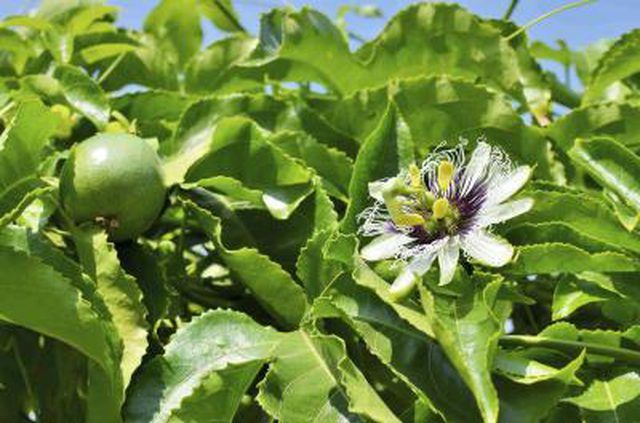Bulbs
Flower Basics
Flower Beds & Specialty Gardens
Flower Garden
Garden Furniture
Garden Gnomes
Garden Seeds
Garden Sheds
Garden Statues
Garden Tools & Supplies
Gardening Basics
Green & Organic
Groundcovers & Vines
Growing Annuals
Growing Basil
Growing Beans
Growing Berries
Growing Blueberries
Growing Cactus
Growing Corn
Growing Cotton
Growing Edibles
Growing Flowers
Growing Garlic
Growing Grapes
Growing Grass
Growing Herbs
Growing Jasmine
Growing Mint
Growing Mushrooms
Orchids
Growing Peanuts
Growing Perennials
Growing Plants
Growing Rosemary
Growing Roses
Growing Strawberries
Growing Sunflowers
Growing Thyme
Growing Tomatoes
Growing Tulips
Growing Vegetables
Herb Basics
Herb Garden
Indoor Growing
Landscaping Basics
Landscaping Patios
Landscaping Plants
Landscaping Shrubs
Landscaping Trees
Landscaping Walks & Pathways
Lawn Basics
Lawn Maintenance
Lawn Mowers
Lawn Ornaments
Lawn Planting
Lawn Tools
Outdoor Growing
Overall Landscape Planning
Pests, Weeds & Problems
Plant Basics
Rock Garden
Rose Garden
Shrubs
Soil
Specialty Gardens
Trees
Vegetable Garden
Yard Maintenance
The Care of Passionflower Vines
The Care of Passionflower Vines. Passionflower (Passiflora spp.) vines erupt in a profusion of flowers on plants that are typically problem-free. You will be rewarded with plenty of intricate, flowers that bring a tropical vibe to the garden. With a little attention to a few details, caring for passionflower vines is a snap.

Passionflower (Passiflora spp.) vines erupt in a profusion of flowers on plants that are typically problem-free. You will be rewarded with plenty of intricate, flowers that bring a tropical vibe to the garden. With a little attention to a few details, caring for passionflower vines is a snap.
A Diverse Genus
The Passiflora genus includes more than 400 species with a rainbow of flower colors. The species commonly grown in the U.S. include maypop (Passiflora incarnata), which is a southeastern native perennial that grows in U.S. Department of Agriculture plant hardiness zones 6 through 9, blue passionflower (Passiflora caerulea), a perennial in USDA zones 8 through 11, purple passionflower (Passiflora edulis) and red passionflower (Passiflora racemosa), both of which grow in USDA zones 10 through 12. All passionflower vines respond to similar care and are susceptible to common problems, but the soil’s pH and composition play an integral role in the health of the plants.
Watering Needs
Established passionflower vines typically develop deep root systems that help sustain them in times of drought. These deep root systems respond best to deep watering. During the growing season, water the plants deeply when the soil becomes dry so the root zone becomes thoroughly moistened. Do not overwater so the roots become waterlogged because they can rot, which kills plants. A 3-inch covering of mulch on the soil around passionflower vines helps conserve moisture.
Ongoing Nutrition
The goal in fertilizing passionflower vines is to encourage a profusion of blooms instead of a few flowers peeking through lush, overfertilized foliage. Balanced fertilizers with low numbers, such as 5-5-5, which contain equal proportions of nitrogen, phosphorus and potassium, are suitable choices for passionflower. Apply no more than 4 to 6 ounces of fertilizer at a time, and apply it again at four- to six-week intervals. If passionflower’s leaves turn yellow, your soil may be too alkaline. To green up the chlorotic leaves, apply 2-1-3 fertilizer that contains iron around each plant, typically 1/2 tablespoon.
Pruning and Training
Passionflower vines scramble along the ground unless you train them to a structure, such as a pergola, arbor or fence. But these vigorous plants often outgrow their supports, because the vines on some species can grow to 30 feet. The plants flower on the current season’s growth, so you can cut them back early in the growing season without sacrificing flowers. To keep the growth tidy, you can prune the stems liberally. Leave some leaves on the vines so the plant can continue to photosynthesize. Disinfect pruning tools by soaking them for at least five minutes in a mixture of 1 part bleach to 3 parts water. Before using them on plants, rinse the pruners with water or allow them to air dry.
Bothersome Pests
Spider mites, whiteflies and scale insects are occasional pests that you can control by spraying with premixed, ready-to-use insecticidal soap. Spray directly onto insects and mites in the morning, before the plants are in full sun. Root-knot nematodes, which leave knotty galls on the passionflower's roots, may be problematic in sandy soils because they are more mobile in sand than in heavy soils such as clay. Nematicides are chemical controls for nematodes, but the granules are extremely toxic and not recommended for home gardens. Remove and discard affected plants.
Accepted Pests
One gardener’s pest is another’s welcome visitor. Passionflower plants host some butterfly species, including fritillaries, zebra longwings and julias. The butterflies lay eggs on passionflower leaves that hatch into leaf-munching caterpillars. The voracious caterpillars can strip plants of their leaves. If you plant passionflower as a mainstay for your butterfly garden, don't use any chemicals or controls and simply allow the plants to support the butterfly population. Otherwise, pick the caterpillars off by hand and toss them into the yard to feed the birds.